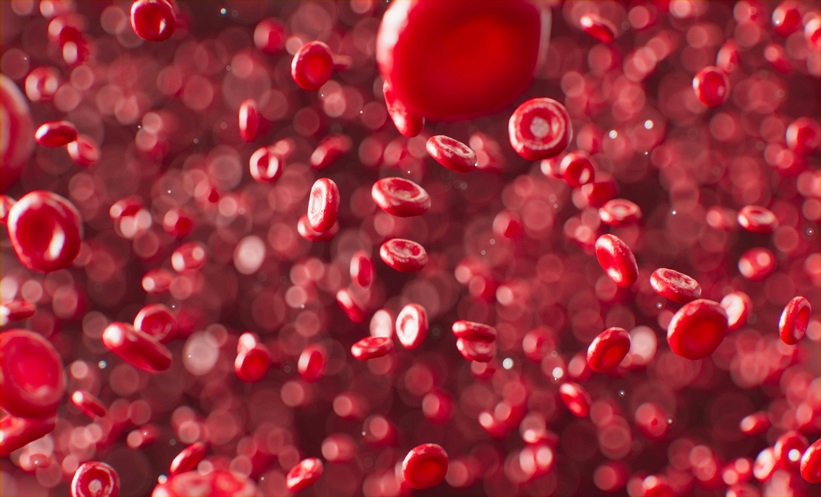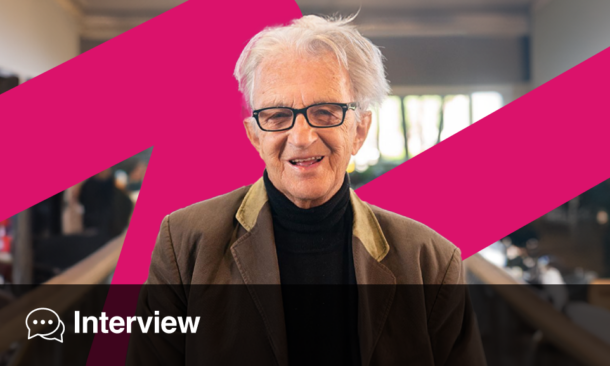RESEARCHERS have uncovered a potential pathway to curing HIV-1 infection, the predominant strain of the disease worldwide, which could signal hope for many with the disease.
HIV is a major global public health issue, with 15 million people receiving treatment for the disease as of March 2015 . Fear remains the most predominant emotion surrounding HIV and its transmission, and in spite of developments in treatment and the large amounts of ongoing research surrounding the disease, the diagnosis is still incredibly harrowing.
Previous research surrounding HIV has focussed on determining why, despite the high effect of antiretroviral drugs, which almost completely decimate HIV in the peripheral blood, it remains present at undetectable levels in patients with the disease. This work concluded that a lower concentration of the antiretroviral drug penetrates the lymph nodes and lymphoid tissue, allowing the formation of persistent HIV reservoirs in which continuous viral replication remains unsuppressed.
Continuing from previous research, an international collaboration of scientists has successfully established that while the concentration of drugs that reach the lymphoid tissue is too low to eradicate the virus, it has yet to develop a resistance to the antiretroviral drugs. “In simple terms, we think there is no evolutionary advantage to having developed a resistance,” stated Dr Courtney Fletcher, Dean, University of Nebraska Medical Center, College of Pharmacy, Lincoln, Nebraska, USA.
“We think this problem of ongoing viral replication in lymphoid tissues may be solved by enhanced drug delivery,” continued Dr Fletcher. Consequently, upcoming research will centre on the development of novel techniques for optimising drug delivery, as well as focussing on the development of a framework for testing the efficacy of new drugs and combination therapies as they penetrate through these difficult-to-reach tissues.
While researchers remain optimistic that this new finding could lead to the development of a ‘functional cure’ and eradication of infection, some scepticism is necessary. “Will this cure HIV? No one knows, but it is a very rational, evidence-based approach” concluded Dr Fletcher.
(Image: freeimages.com)







